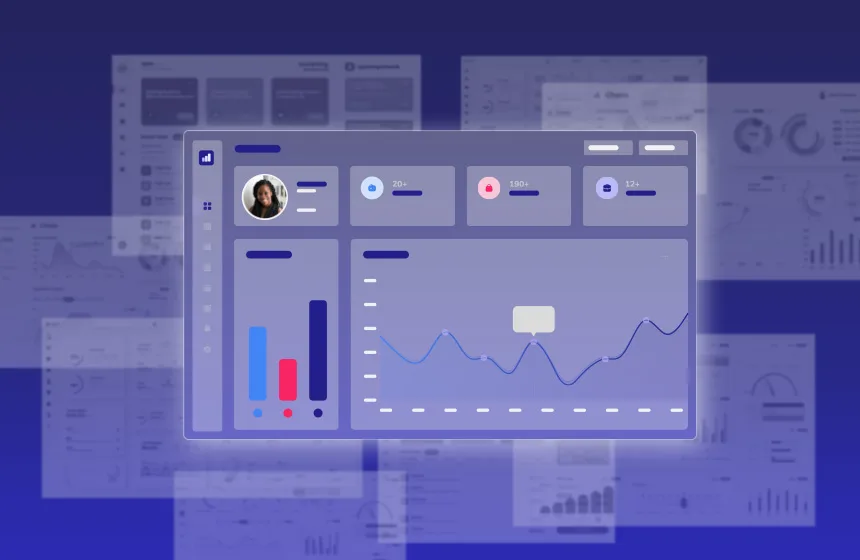Accelerate deals and increase win rates with the leading enterprise AI demo platform.
Why Integrations Are Vital When Buying Demo Software

February 18, 2025
Table of Contents
So you’re in the market for demo software—awesome! Since you’ve decided you need a demo creation platform, your shopping process for this purchase means looking at a lot of demos. You’re evaluating how easy they are to create, how advanced their analytics are, and how much time and manual effort they can save your SEs (and product marketers and sales teams too).
But one element you might have overlooked is integrations. How easy is it to connect your new demo software to all the other sales and marketing tools your company uses every day?
If you’re not considering integrations in your purchase process, your demo creation tool might not be as useful (or as widely used) as you hoped when you bought it. Here’s what you need to know.
What Integrations Are
Integrations are amazing—they make your life easier in many ways. Instead of toggling back and forth between applications and wishing they talked to each other, when you use software that offers helpful integrations they will share data between their systems.
Your demo software, for example, might share information with your marketing tools like Google Analytics so you can see how your website demos perform compared to your other website assets all in the same tool. Or if you’re using Marketo to track and score leads and automate your nurture campaigns, your demo data can be automatically captured there.
Why Integrations Matter
Integrations don’t just make life easier for your sales and marketing teams. They ensure none of the valuable data you get from your demos is lost.
And if you’re using the right demo creation platform, your demos should be giving you a whole lot of data. You want to choose a platform that allows you to access analytics that tell you the total number of views per demo, time spent on each demo, and even individual session data like what screens a prospect viewed and when they dropped off the demo.
Those analytics alone are critical because they allow you to hone and refine your demos until they’re flawless. But if they’re left in a little demo software silo, you’re missing the chance to connect them to other marketing and prospect data.
For example, let’s say you have a prospect who you’ve been nurturing, but they’re not qualified just yet. One day, they decide to watch a product demo on your website, which they access by filling out a Salesforce lead form.
With an integration, that pretty little piece of data is fed immediately into Salesforce so your sales team knows they watched that demo, and maybe that action is enough to nudge them into a product-qualified lead (PQL).
There’s no delay or manual effort required, so no leads are lost in the shuffle.
Or for marketers, you’re likely already using Hubspot to manage your marketing automation. If a prospect watches a demo and your demo software has a Hubspot integration, any demo views will be recorded automatically in your Hubspot traffic analytic dashboard so you can see how your demos perform compared to other website assets like blog posts.
And demo software integrations don’t only help you gather information about how your guided product tours on your website are performing—they can do the same for your live sales demos with a Salesforce integration that automatically logs the demo details back to the corresponding opportunity, like which demo was shown and the demo length.
The Best Demo Software Integrations
Reprise has more native integrations than any other demo creation platform. Our native integrations include:
-
Google Analytics 4
-
Google Analytics Universal Analytics
-
HubSpot
-
Salesforce
-
Marketo
-
Data API
We designed our platform this way because we know that sales and marketing teams need demo usage tied back to their tech stack, or their data runs the risk of getting lost or simply ignored.
Want to learn more? Take an interactive tour of our favorite integrations!






